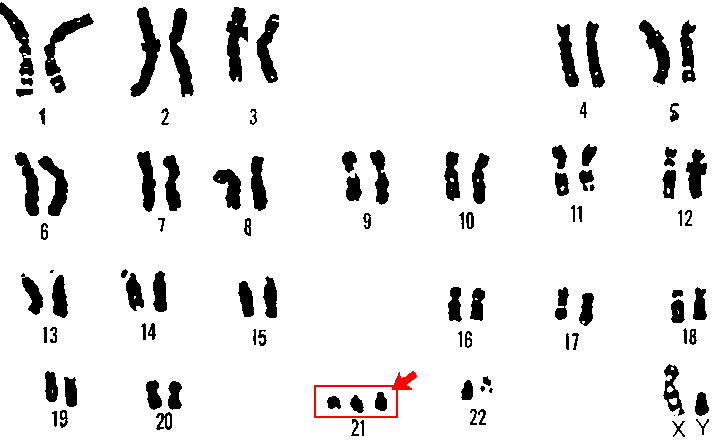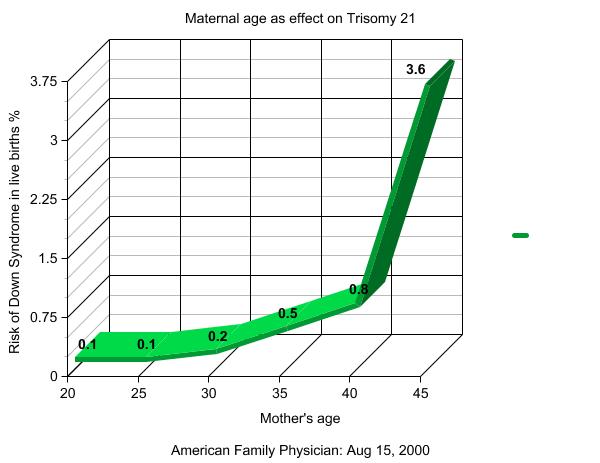While looking though the pictures of the Special Olympics athletes, I noticed that many had the distinct facial features associated with Down Syndrome. Down Syndrome is mainly caused by an extra homologous chromatid with the Chromosome 21. This happens because of nondisjunction within meiosis when the gametes are being produced. This mean when the assorted homologous pairs are being pulled apart by the spindles in Meiosis 2, one of the pairs fails to split, creating one gamete with the entire chromosome and one missing a gene. The gamete lacking the genetic material can not produce offspring, while the one with the extra material will, produce off spring with Trisomy 21.

The facial features that are associated with this condition are an abnormally small chin, oblique eye fissures, poor muscle tone, a flat bridge of the nose, a small oral cavity, short neck, along with other noticeable symptoms. Most individuals with Down Syndrome have IQs in he 35-50 point range, signaling mental retardation and have severe abnormalities affecting their body systems.

Trisomy 21 has been shown to be more common as the maternal age increases. While about 80% of children with this disorder are under 35, when the age of 42 is hit, there is a rapid increase in risk.



The facial features that are associated with this condition are an abnormally small chin, oblique eye fissures, poor muscle tone, a flat bridge of the nose, a small oral cavity, short neck, along with other noticeable symptoms. Most individuals with Down Syndrome have IQs in he 35-50 point range, signaling mental retardation and have severe abnormalities affecting their body systems.

Trisomy 21 has been shown to be more common as the maternal age increases. While about 80% of children with this disorder are under 35, when the age of 42 is hit, there is a rapid increase in risk.



No comments:
Post a Comment